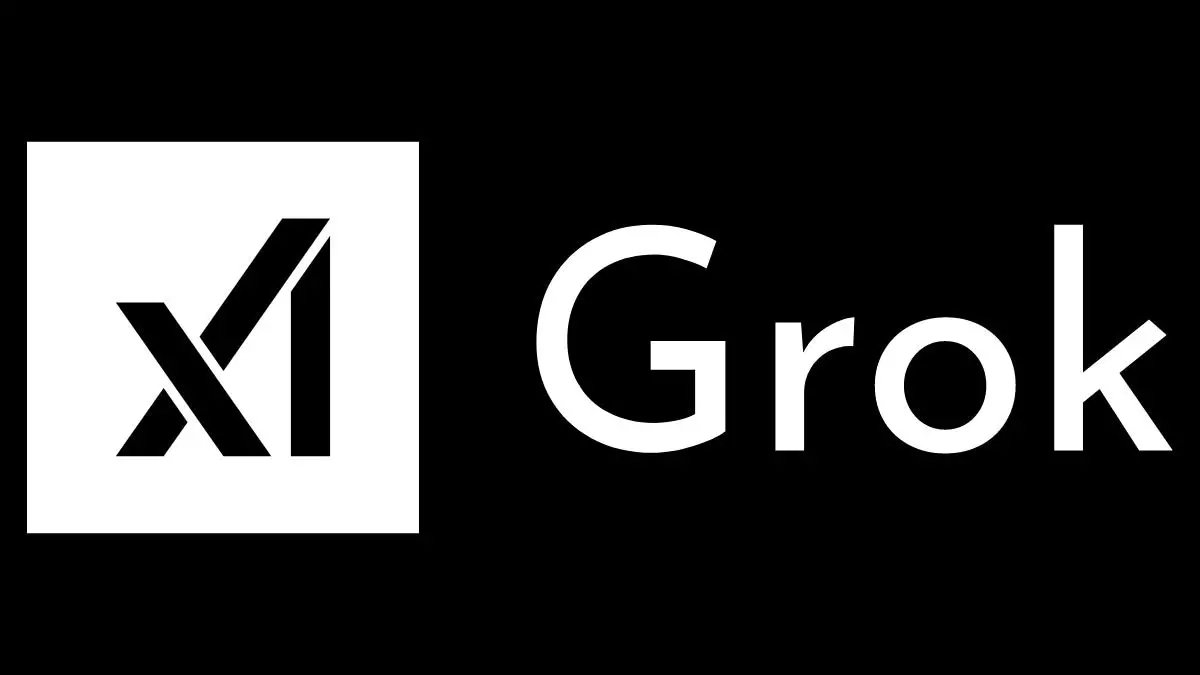In the rapidly evolving landscape of artificial intelligence (AI), particularly within image generation, the recent developments involving Elon Musk’s xAI firm have stirred significant intrigue and debate. The introduction of a new image generation model, named Aurora, has sparked discussions among users of Grok, the platform’s integrated system. However, this development has not been without its controversies, particularly surrounding the model’s abrupt disappearance and the ethical implications of its capabilities.
On a seemingly ordinary Saturday, the Grok interface unexpectedly featured Aurora, an image generator purportedly developed in-house by xAI. Unlike its predecessor, Flux—crafted by Black Forest Labs—Aurora was presented as part of an ambitious internal project. Reports flooded in as early adopters began posting images they claimed were created using this new tool, showcasing its potential to rapidly generate photorealistic renderings. However, shortly after its introduction, users began facing technical difficulties, as Aurora suddenly became inaccessible, prompting speculation about the underlying reasons for its disappearances.
Musk himself added to the mix by responding to social media posts that showcased Aurora’s initial outputs. He emphasized that this was merely a beta release, indicating a commitment to enhancement and refinement. Yet, the absence of a formal launch announcement has left many questions unanswered about the model’s capabilities, objectives, and the strategies guiding its development.
Undoubtedly, some of the images generated by Aurora raised ethical concerns. Reports of photorealistic images of public figures and fictional characters surfaced rapidly, showcasing Aurora’s ability to mimic likenesses with startling accuracy. Instances included controversial renditions of the likes of OpenAI CEO Sam Altman and even political figures such as Donald Trump, sometimes in less-than-flattering depictions. Such occurrences bring to light the potential for misuse, highlighting the necessity for stringent ethical guidelines surrounding AI-generated content.
The absence of guardrails in Aurora’s design quickly sparked debates about the responsibility of AI developers. Critics warned that unsupervised image generation could exacerbate the already rampant issue of misinformation online, as fabricated images could be disseminated as factual without any context. This underscores the pivotal role that oversight should play in the development of AI applications that can manipulate visual perception.
As discussions surrounding Aurora unfold, the lack of details regarding its architecture and development pose intriguing questions. Although the tech community is accustomed to beta releases, the secrecy surrounding Aurora’s foundational aspects, including its training methodologies and data sources, adds a layer of complexity. Clarity on whether xAI collaborated with external entities or if the model was strictly an internal endeavor remains elusive.
The tech blogosphere has reacted with mixed feelings; while some celebrate the innovation behind the model, others express a prudent caution regarding its implications. Users noted the inconsistency in accessibility—a possible sign of testing protocols that may have inadvertently allowed the model to go live prematurely. This situation not only highlights the unpredictable nature of technology rollout but also reflects the ongoing challenges developers face in promoting responsible AI usage.
As xAI continues to explore the frontiers of AI with tools like Aurora, it navigates a precarious balance between innovation and ethical responsibility. The implications of such technologies extend far beyond their functional capabilities. The tech community, regulatory bodies, and societal stakeholders must collaborate to ensure that the excitement surrounding AI advancements is matched equally by considerations of their consequences. As the dust settles from Aurora’s initial rollout, the conversation surrounding AI ethics, transparency, and accountability will undoubtedly play a critical role in shaping the narrative of artificial intelligence in the years to come.

